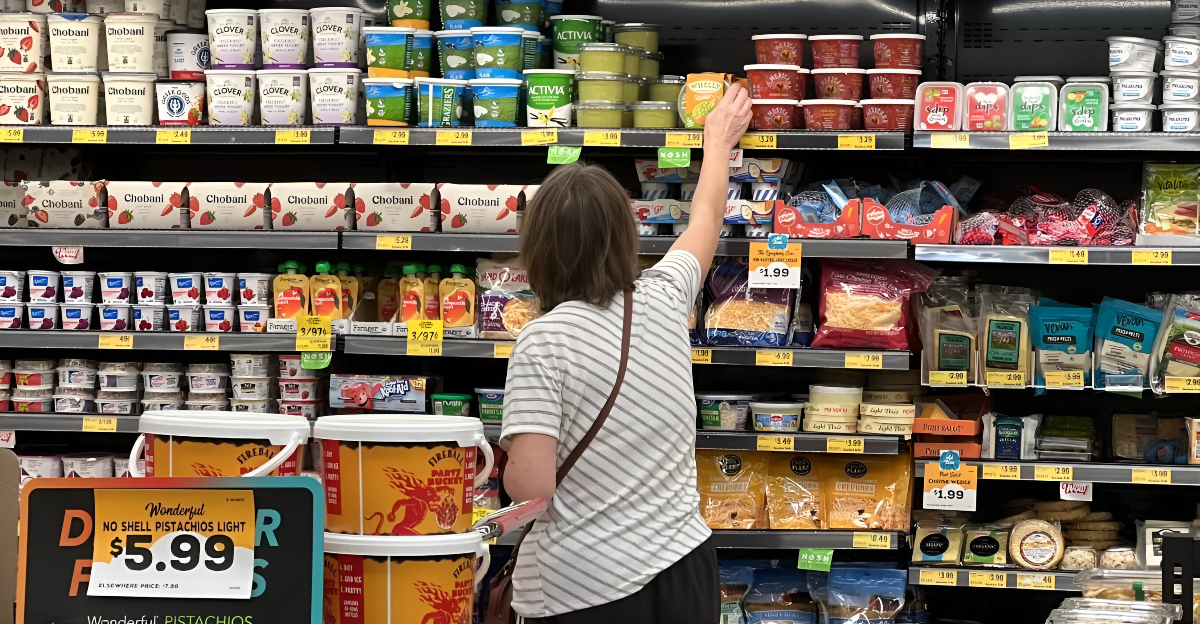
The U.S. is facing stagflation: slow growth combined with rising prices. In early 2025, the economy shrank by 0.5%, a big shift from the 2.4% growth we saw at the end of 2024. Meanwhile, inflation is staying high, with core inflation expected to hit 3.1% this year. That’s well above the Fed’s 2% target. This mix is dangerous. It chips away at everyday living standards and gives policymakers fewer tools to fight back. And things could still get worse.
Why This Isn’t Your Typical Economic Slowdown
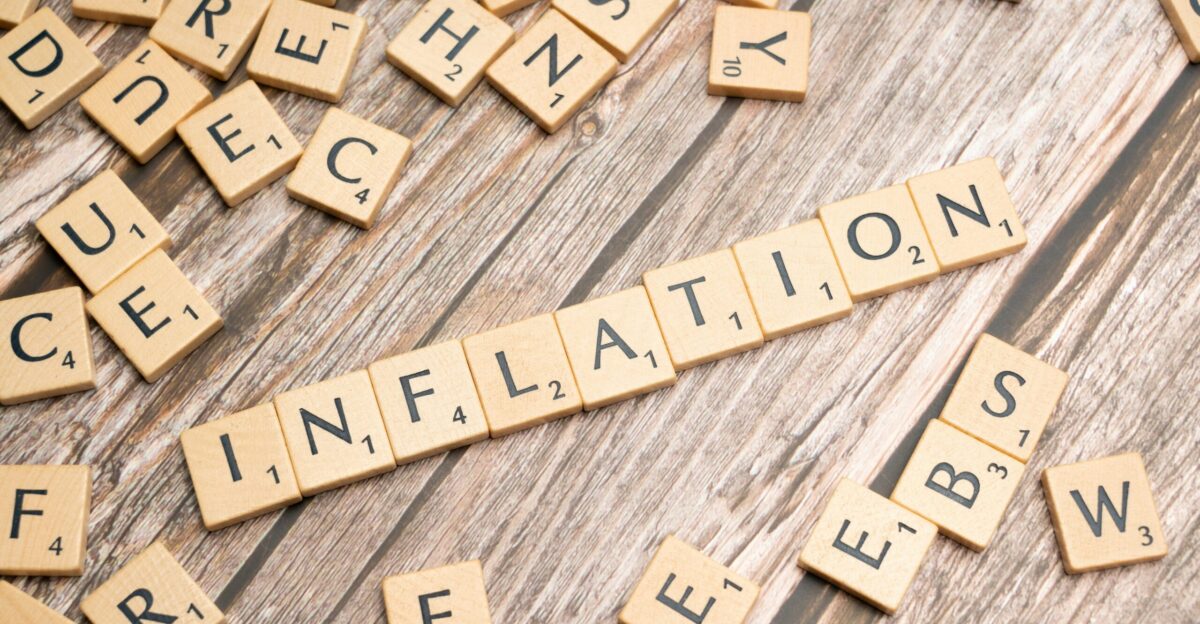
Stagflation doesn’t follow the normal rules. In a regular recession, prices usually fall and interest rate cuts help. But this time, growth is stalling while prices are still climbing. JPMorgan now sees a 40% chance of a recession in the second half of 2025. Tariffs and stubborn inflation are to blame. The government can’t easily lower or raise rates without causing other problems. That’s why this situation is so tricky, and why it’s getting serious fast.
The Expert Raising the Alarm

Torsten Sløk, chief economist at Apollo Global Management, is warning that the U.S. has hit a turning point. He’s no stranger to global markets, he’s worked at Deutsche Bank, the IMF, and even taught at Princeton. His latest report shows slower growth and higher inflation on the horizon, with GDP at just 1.2% and inflation around 3%. His message is clear: rising tariffs and slower growth could push the U.S. deeper into stagflation.
A Clear Warning About What’s Coming
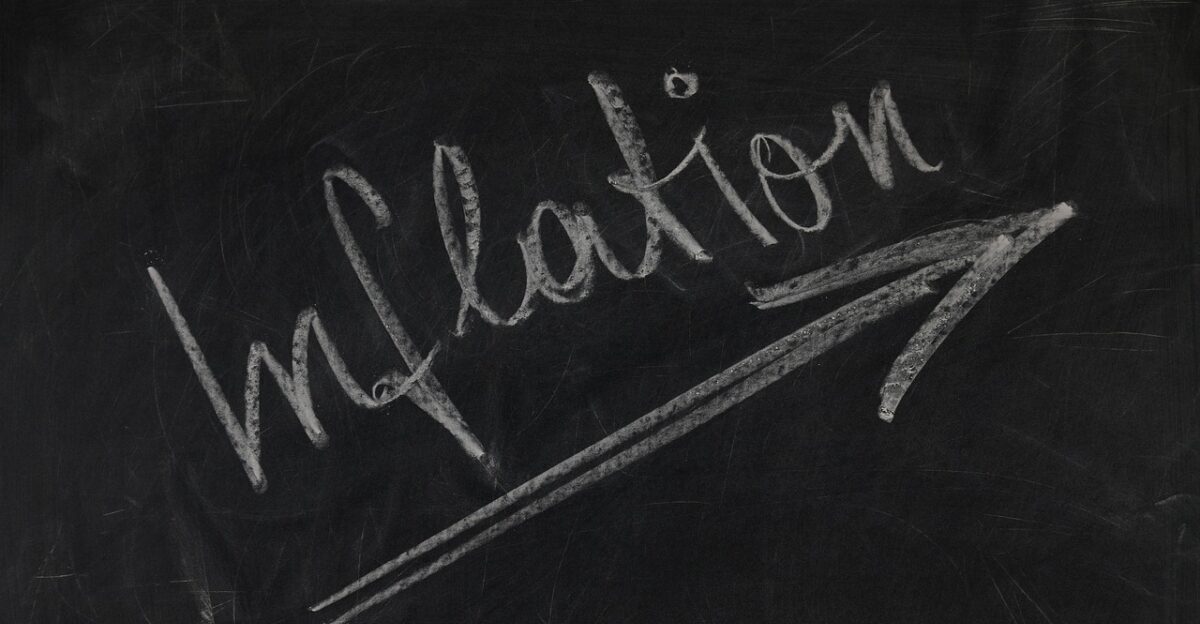
In a report for Business Insider, Sløk explains that rising inflation and slowing growth are the classic signs of stagflation. Reuters backs that up, noting JPMorgan economists now see these effects as driven by tariffs, which average 13.4%. That’s the same as a $430 billion tax on U.S. households and businesses. Real-time data shows higher import prices and weaker growth. This combination confirms what Sløk and others have been warning about for months.
What Stagflation Really Means

Stagflation is when inflation and unemployment both rise, while the economy slows. In the 1970s, it was caused by oil shocks. Prices jumped and people lost jobs at the same time. That kind of situation breaks the usual balance between inflation and job growth. Today, the story is different but the outcome feels familiar. Higher tariffs and supply problems are dragging things down, raising fears that we could be in for another round of long-term pain.
Why the Fed’s Hands Are Tied

The Federal Reserve has two jobs: keep prices stable and support jobs. Right now, both goals are in conflict. Lowering rates would help jobs, but could raise prices even more. Raising rates could cool inflation but risk higher unemployment. In June, inflation expectations jumped, while unemployment is now forecast to rise to 4.5% this year. Fed Chair Jerome Powell put it plainly: the goals are at odds, and the options are getting more limited by the day.
How Tariffs Are Making Things Worse

The tariff increases under President Trump have become a key driver of economic trouble. The average effective tariff rate reached 17.6%, the highest level since 1934, significantly slowing trade and raising consumer prices. Research from Yale Budget Lab, JPMorgan, and other institutions shows that these tariffs are cutting GDP growth by approximately 0.7 percentage points while pushing inflation higher by 1.5-1.7% in the short run. The impact is showing up in business costs, consumer spending equivalent to $1,900-$2,300 per household annually, and a shrinking set of tools for policymakers to use.
The Economy Is Starting to Shrink
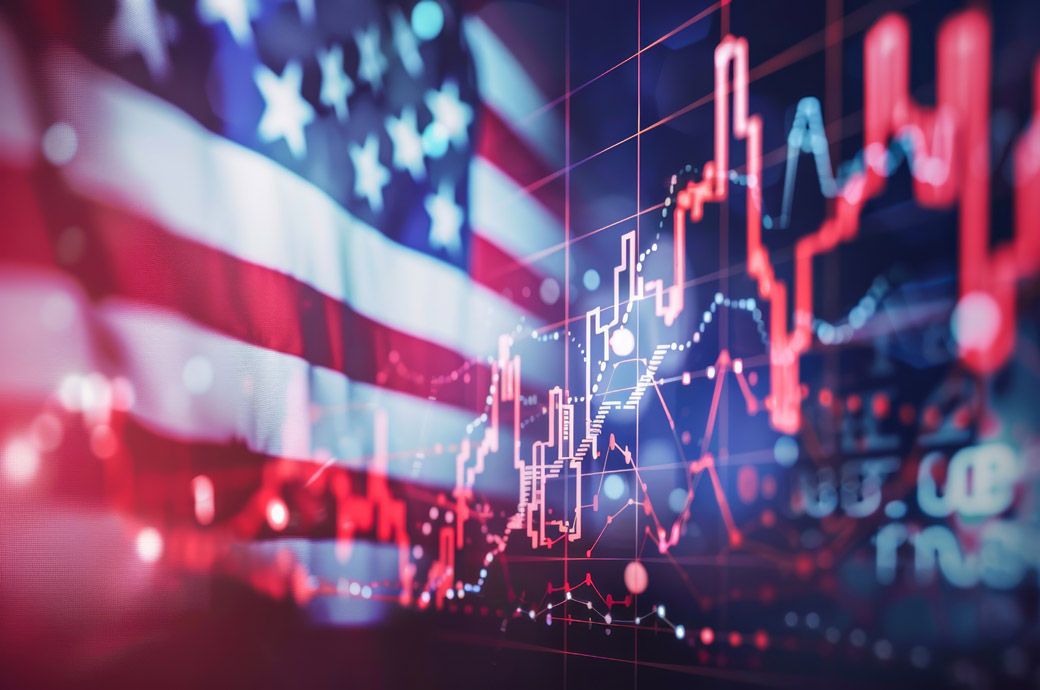
The U.S. economy shrank by 0.5% at the start of 2025, marking the first drop since early 2022. This came after solid growth at the end of 2024. A rush of imports before tariffs kicked in pulled GDP down, and lower government spending made it worse. Earlier estimates showed a smaller decline, but new data confirms a deeper slowdown. The contraction signals broader economic weakness and is adding pressure to already growing fears of recession.
Inflation Isn’t Going Away Anytime Soon
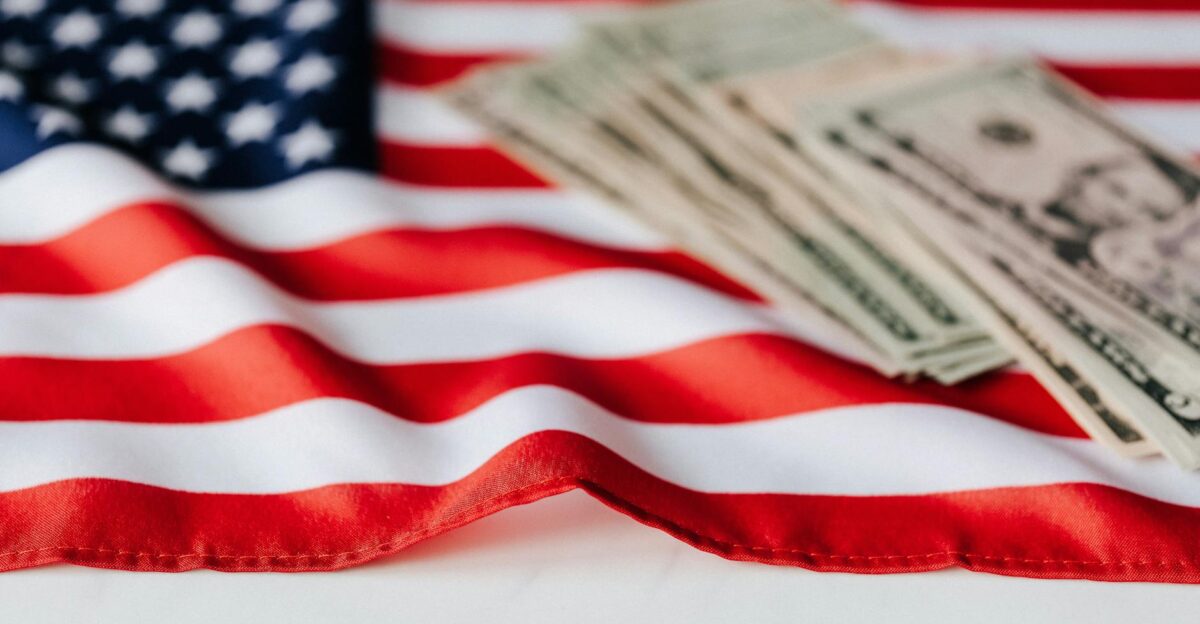
Even though some supply issues have improved, inflation is still sticking around. The Fed expects PCE inflation to hit 3.0% this year and 2.4% in 2026, still above its 2% target. Goldman Sachs thinks core inflation could rise to 3.5% by year’s end due to tariff-driven costs. Apollo agrees, with a 3.0% forecast for PCE inflation in 2025. These numbers show that prices are not settling down, and consumers will keep feeling it at the grocery store, the gas station, and elsewhere.
The Job Market Is Showing Cracks

Unemployment has crept up from around 4.0% in May 2024 to 4.2% in April 2025, and it’s expected to reach 4.5% by the end of 2025. Currently, 7.0 million Americans are unemployed. At the same time, fewer people are working or looking for work. The labor force participation rate fell to 62.3% in June 2025, the lowest since December 2022. While jobs were strong for a while, that strength is fading. And a softer job market could be just getting started.
Chances of a Recession Are Rising
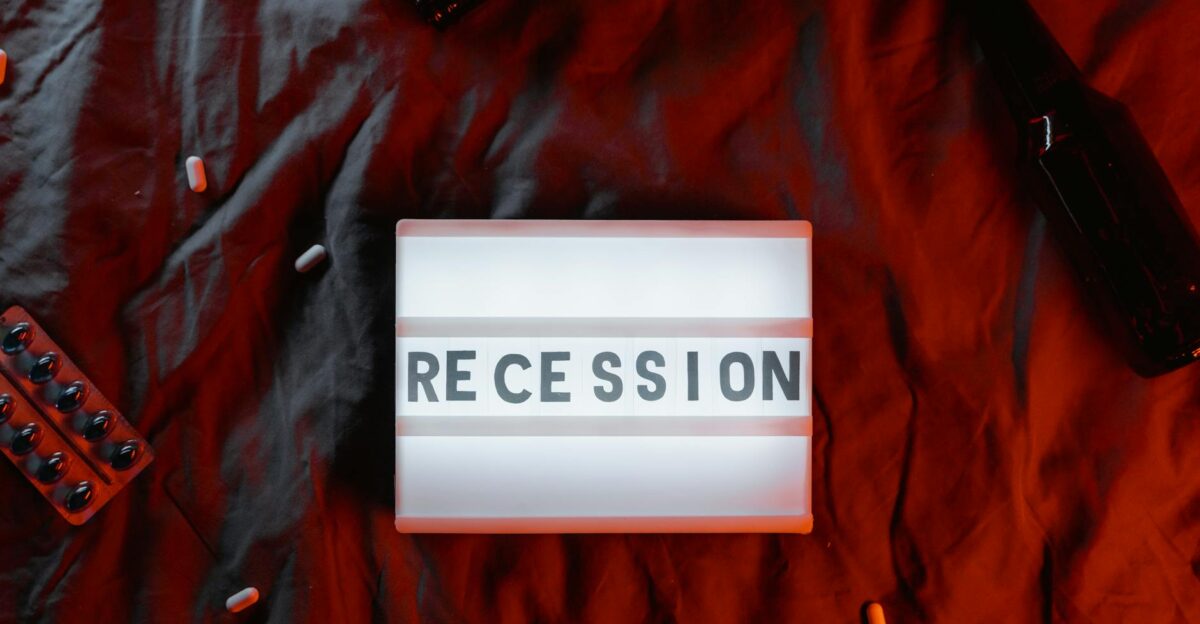
Worries about a recession are getting louder. Business Insider reports that Apollo pegs the chance of a U.S. recession at 25 percent over the next 12 months, JPMorgan puts the odds at 40 percent for the second half of 2025, and Goldman Sachs sees a 30 percent likelihood over the coming year. These figures serve as warnings rather than firm predictions. Coupled with rising stagflation risks, characterized by lower growth and higher inflation, these headwinds are intensifying. Consumers, businesses, and policymakers are bracing for what may come next.
This Could Go Global
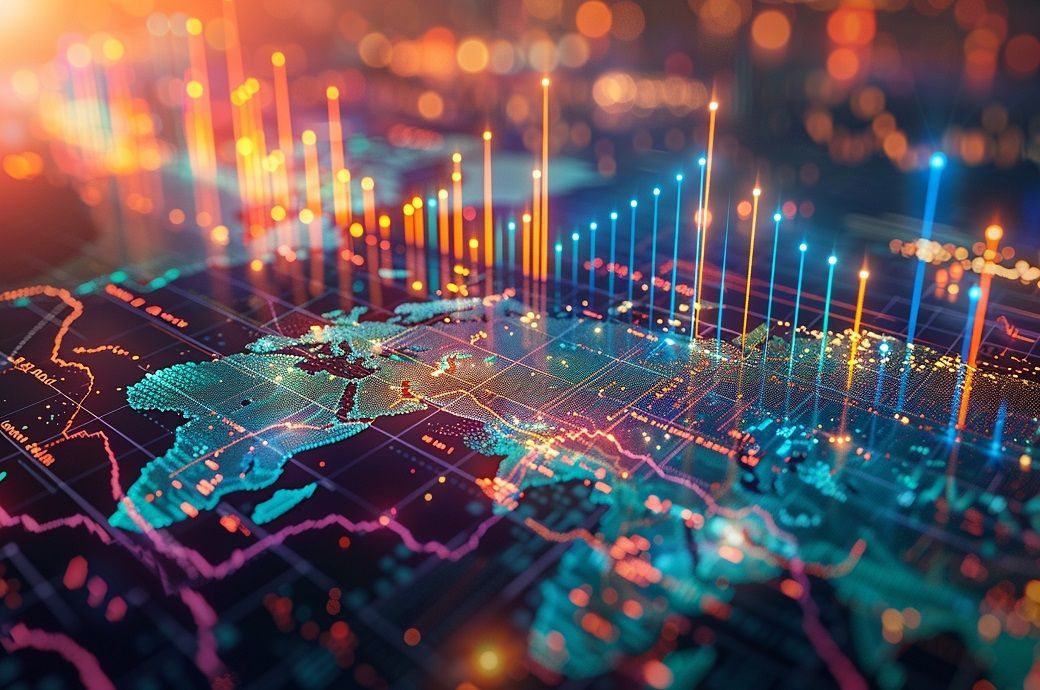
America’s growth is projected to slow to 1.6 percent in 2025 and 1.5 percent in 2026, down from about 2 percent before the recent tariff escalation, according to the OECD. Reuters and other outlets warn of a “stagflation-lite” pattern emerging globally, with persistent price pressures and sluggish output reminiscent of the 1970s. JPMorgan adds that U.S. trade policies risk spreading inflation and dampening growth in other markets.
Families Are Feeling the Price Pressure
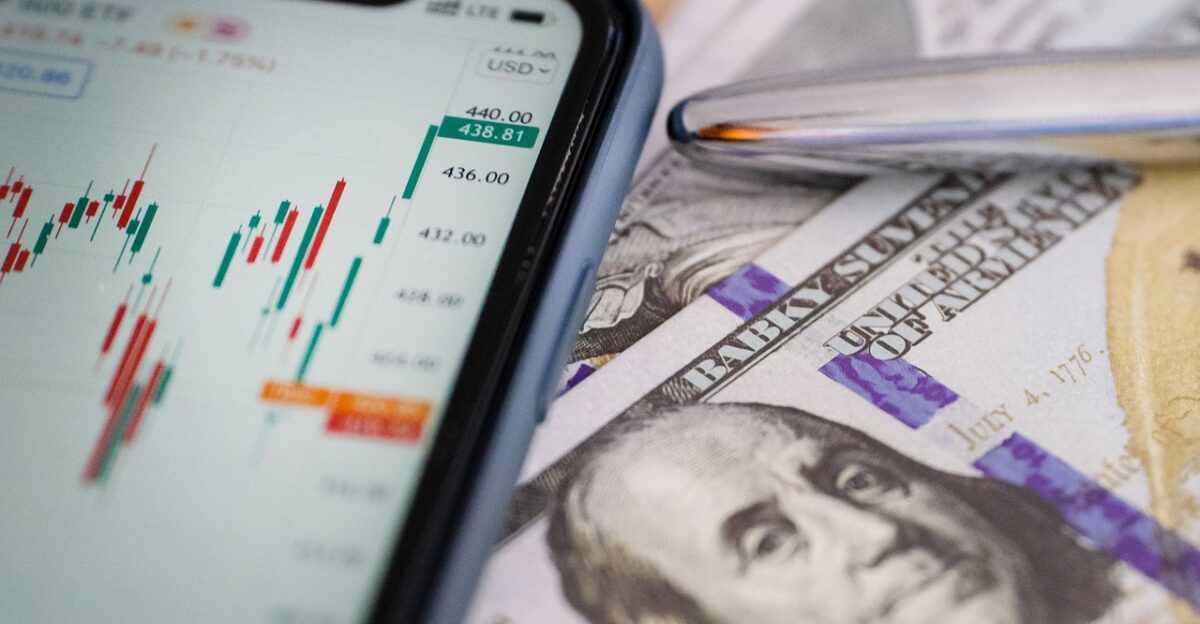
Food, housing, and essentials are getting more expensive. The USDA forecasts food-at-home prices to rise by 2.2% this year. May’s CPI report showed food-at-home costs up 0.3%, with cereal and bakery goods up 1.1%, frozen prepared foods up 0.6%, and fresh fruit up 0.6%. Shelter inflation remains sticky, shelter costs were up 3.9% year-over-year in May, the largest single component of household budgets and one of the hardest to control. These price hikes are pushing more families to the edge financially.
Incomes Aren’t Keeping Up
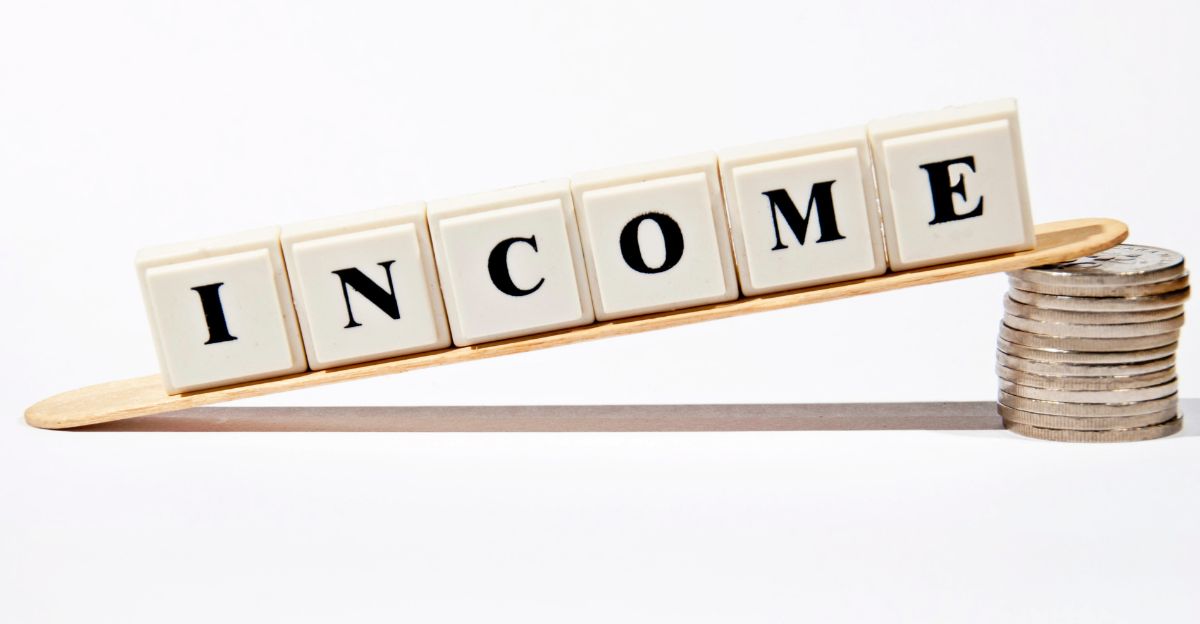
Wages just aren’t growing fast enough to match rising costs. A CBS News/YouGov poll found 77% of Americans say their income is not keeping up with inflation. In May, consumer spending fell 0.1%, marking the first monthly decline this year. Morgan Stanley predicts spending growth will slow to 3.7% in 2025, down from 5.7% in 2024. When people spend less, the economy slows further. This squeeze is changing how people shop, save, and live.
Debt Is Getting More Expensive
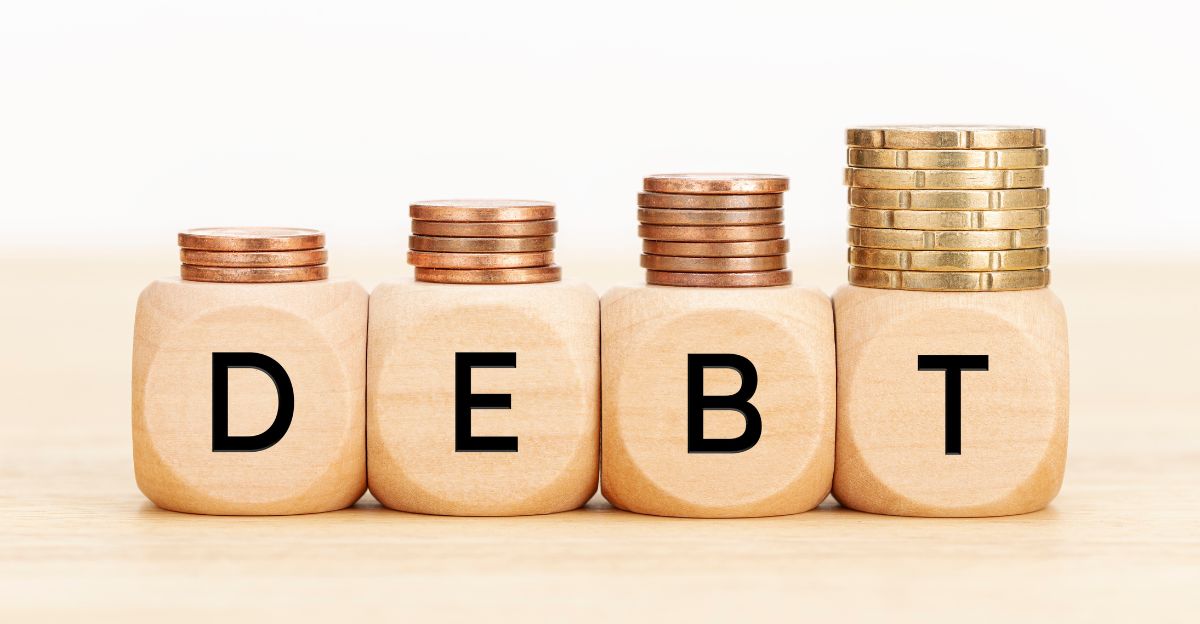
Interest rates remain high. Mortgage rates are hovering around 6.67%, and the Fed’s key rate is between 4.25% and 4.50%. That limits the Fed’s ability to cut rates quickly. At the same time, credit card debt is rising: 25% of Americans say they would use a credit card to cover a $1,000 emergency and pay it off over time. Higher borrowing costs make everything harder, from buying homes to paying bills. For many, debt is becoming more difficult to manage.
Smart Ways to Protect Your Finances

Experts suggest building a three to six-month emergency fund and keeping it in a high-yield savings account. Avoid taking on new debt unless absolutely necessary. Rebalancing your investments can help too. Real assets, such as commodities and inflation-protected bonds, often hold up better in stagflation. Maintaining allocations to short-term bonds and staying liquid may also preserve flexibility. The key is to prepare early, small steps now can make a big difference if conditions worsen.
The Fed Doesn’t Have Easy Options
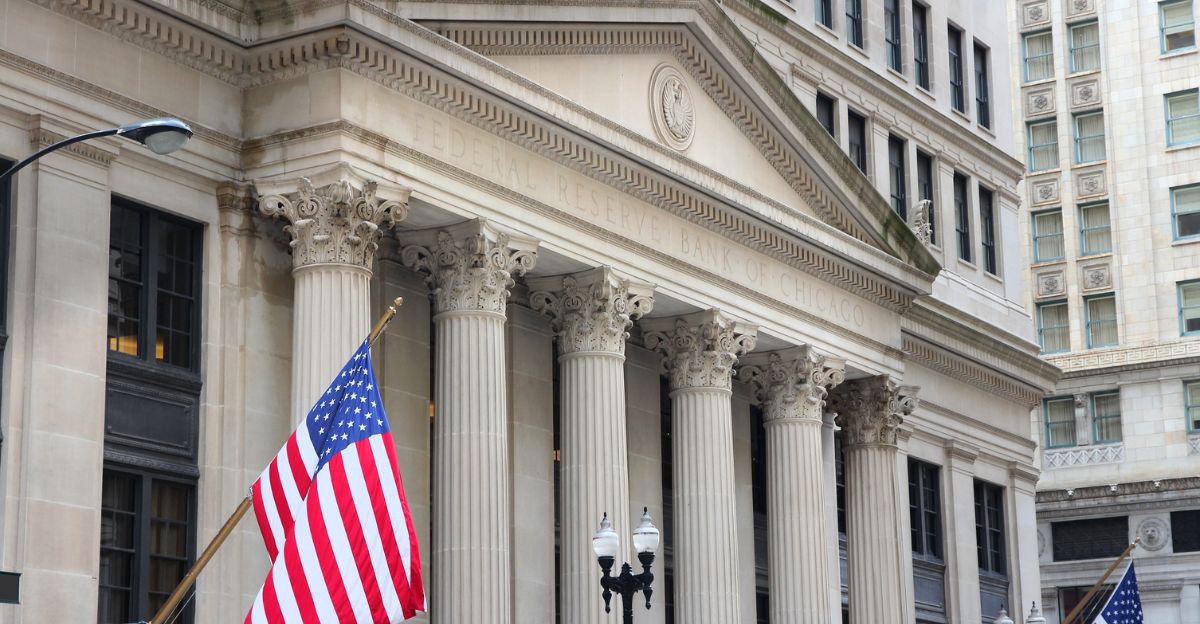
The Federal Reserve is stuck. Cutting rates too soon could fuel more inflation, while holding them too high risks job losses and slower growth. Fed Chair Jerome Powell emphasizes the need to strike a balance. JPMorgan forecasts 100 basis points of rate reductions between December 2025 and spring 2026, only a few cuts, and well after markets initially hoped for relief. But to maintain credibility, the Fed must walk a very fine line in the months ahead.
What to Watch in the Months Ahead
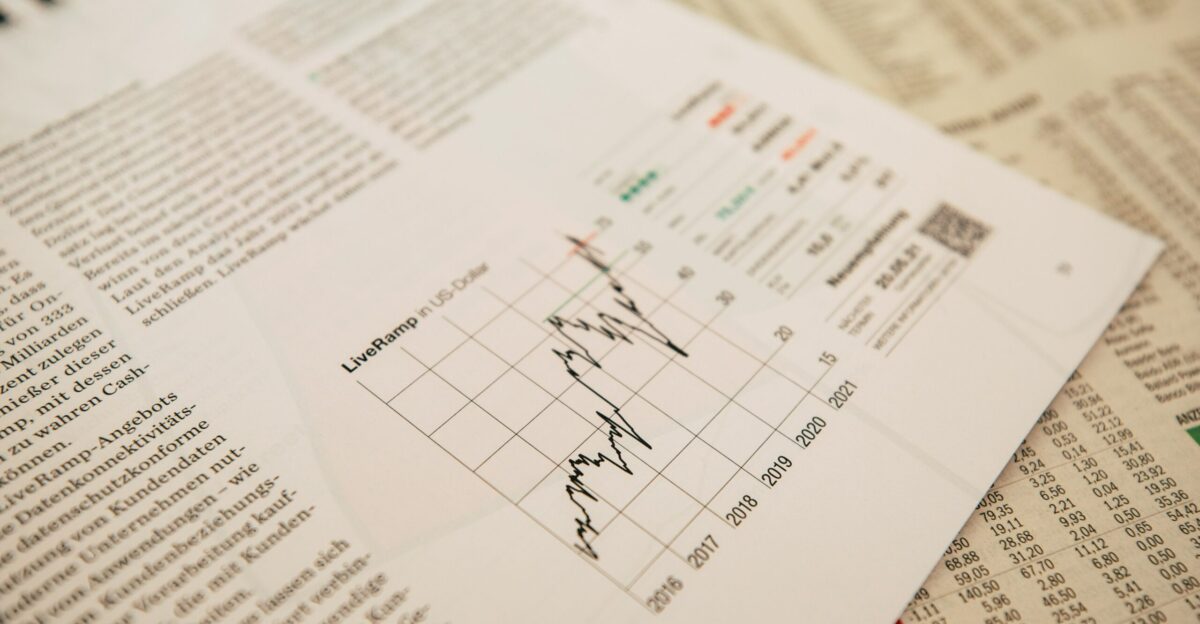
Keep an eye on new tariffs, inflation updates, job numbers, and Fed announcements. Trade between the U.S. and China is especially important. Treasury bond movements, manufacturing surveys, and retail sales are also clues. Consumer confidence can show how households are coping. These indicators can give early signs of where the economy is headed next. Watching them closely can help people, businesses, and investors prepare for what’s coming, even if it’s still uncertain.
This Crisis Might Take Time to Unfold

Stagflation doesn’t hit like a crash. It grinds on slowly, wearing down wages, savings, and stability over time. In the 1970s, it took years to recover. Experts fear the same slow damage could happen again. The U.S. economy is facing a serious test. Being prepared, through smart planning, a strong financial foundation, and staying informed, can make all the difference. This may not end quickly, but how you respond now will shape how you weather what’s ahead.